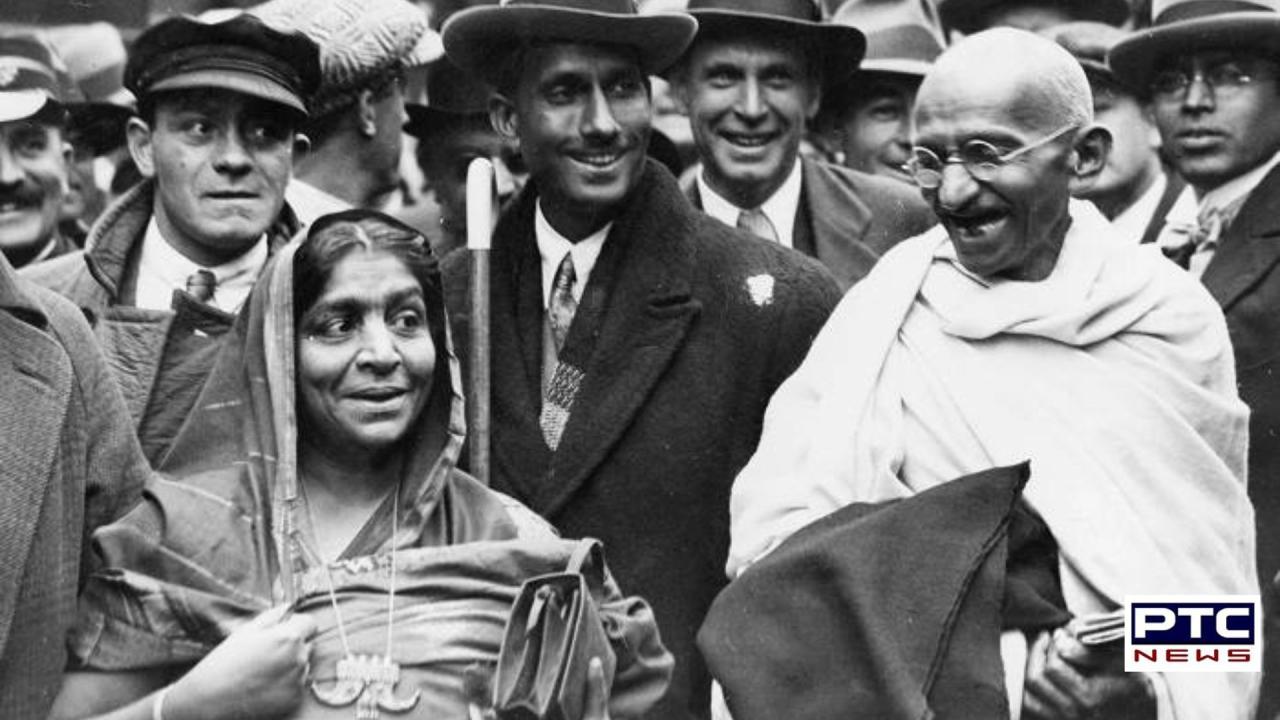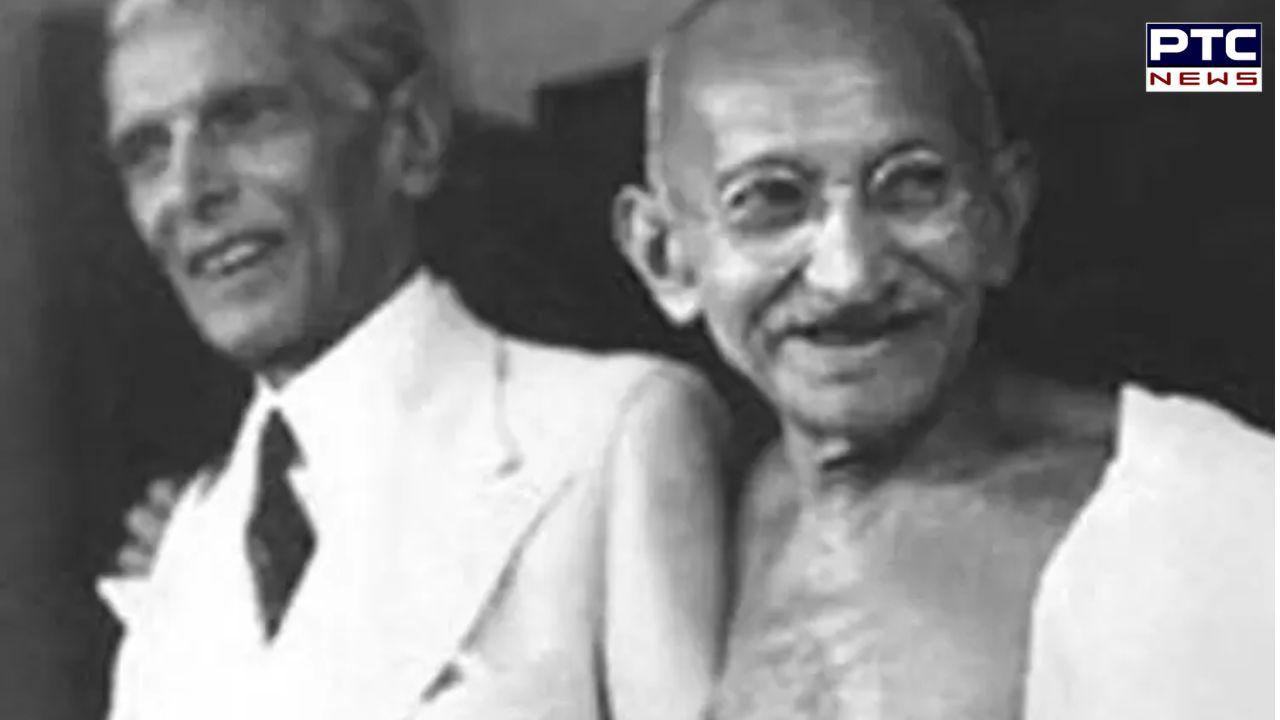

Generations of Resistance: How Gandhi's freedom movements secured India's independence
India at a Glance: After dominating India for hundreds of years, the Mughal empire ruled over it in the 1600s. India had a lengthy history of art and culture, was composed of smaller city-states, and had established trade routes. Nonetheless, several colonial powers like as Portugal, England, and the Netherlands were gaining authority over specific regions of territory. Those nations' businesses were leveraging commerce to expand their influence.
The British East India Company was one of the most well-known businesses, controlling half of global trade at one point. After raising its own army, it started annexing parts of India. Sometimes it used military force to seize power, as when it prevailed in the Battle of Plassey in 1757. At other periods, economic supremacy allowed it to grow in power.

Because England was making money, the British government gave the East India Company considerable influence to conquer parts of India for a while. But after decades of turmoil and Indian rebellion against the East India Company culminated in the Sepoy Mutiny of 1857, the British government disbanded the company while maintaining possession of the territory. This is how a great deal of what is now modern-day India was conquered by Britain.
The Sepoy Mutiny was one of the earliest coordinated measures Indians committed against British rule. The British were putting more and more pressure on Indians to become Christians, which infuriated them. Attempts to Westernize their nation also worried them.
A mutiny was started because it appeared that Muslim and Hindu soldiers were being compelled to use ammunition and weapons that contained animal products, which is prohibited by both religions. Over the course of several months, the war extended throughout northern and central India, unifying Indian communities around a shared cause.

Both sides saw significant levels of violence and fatalities throughout the more than a year-long fight. When the British retook the town of Gwalior on June 19, 1858, the uprising came to a conclusion and the fighting stopped. The British Raj, or 'rule,' came into being in India with this victory, yet contemporary Indians point out that this insurrection was an early instance of Indian nationalism in action.
India, known as 'the jewel in the crown' due to its immense natural resources and industries, brought great wealth to England at the end of the 19th and the beginning of the 20th centuries. In spite of this, throughout the same period, the situation for Indians living under British control deteriorated rapidly. Between 1810 and the 1950s, the percentage of Indians living in poverty rose from roughly 23% to over 50%. The average Indian's life expectancy was fewer than 22 years, and the death rate rose.
These circumstances led to an increase in Indian resistance to British rule, and they demanded greater representation and authority over local administration. In 1885, a group of Indians was organized by a British man named Allan Octavian Hume to serve on the Indian National Congress. Hume deliberately selected Western-educated Indians in the hopes that they would be more receptive to British politics, culture, and government.
The Indian National Congress initially supported British rule, but over time, its members would gradually turn into nationalists and become ardent advocates of India's independence. Mahatma Gandhi was one of these leaders.
India was the birthplace of Mahatma Gandhi, who attended law school in England. He practiced law in South Africa as well. He joined the Indian National Congress to promote Indian self-rule after returning to India in 1915, where he was a fervent supporter of Indian nationalism. In order to gather support and bring attention to the cause of self-rule, he employed a variety of nonviolent resistance strategies, sometimes known as passive resistance.
These tactics included composing letters and speeches, directing marches, planning protests and rallies, abstaining from British institutions and goods, presiding over prayer gatherings, and more. His demonstrations not only united Indians in support of their nation's independence but also served as an inspiration for other civil rights activists worldwide, such as Martin Luther King Jr. and Nelson Mandela
Gandhi spearheaded his first significant agitation in 1919 in response to acts of violence following the passage of the Rowlatt Act. Many of Indian people's civil rights were taken away by the Rowlatt Act. Gandhi led the Non-Cooperation Movement, a massive anti-act protest movement, in reaction to the British opening fire on a crowd during a nonviolent demonstration against the act. He notably woven his own cloth and spearheaded a boycott of British-made textile products as part of the campaign. The spinning wheel came to represent India's independence.
Gandhi led significant demonstrations during the next ten years, winning the Indian people's support more and more. The Indian National Congress declared its independence from England in 1930, a move that the British government disregarded. Gandhi responded by organising the Salt Satyagraha, a lengthy march towards the sea during which he disobeyed the law by producing his own salt from saltwater.
Gandhi's initiatives led to his arrest and imprisonment in 1930, although his imprisonment had no effect on the protests. Following Gandhi's incarceration, renowned poet Sarojini Naidu spearheaded a peaceful seizure of the British-owned Dharasana Salt Works.
India's industry flourished throughout World War II as England suffered losses, and by the time the conflict ended, the British had run out of resources to hold onto their colonies. Both economically and politically, they started to lose ground. Indian leaders started establishing "parallel governments," in which the Indians had their own laws and rulers in addition to the British ones in some areas.
Gandhi led the Quit India Movement in 1942, which was a significant effort to persuade the British to withdraw from India. A large number of British police officers and officials used violence in response to the Quit India Movement's protests. Indians responded by demolishing railroad tracks and bridges and occasionally by engaging in violent combat.
In contrast to earlier instances where Gandhi criticized Indians for not utilizing passive resistance, Gandhi condemned the British for maintaining control rather than denouncing the demonstrators' non-peaceful activities.
For India to become independent following World War II, a number of circumstances had to coincide. Britain's resources were exhausted from the war, and it didn't look like it could hold onto power in India. The Indian Royal Navy went on strike in 1946 over inadequate pay and working conditions. Hindus and Muslims also engaged in violence and conflict, which put additional strain on British rule.
In 1947, India gained its independence on August 15. Pakistan also gained independence, with August 14th being recognized as that day. Leaders in the British, Hindu, and Muslim populations believed at the time that the bloodshed would end if British-controlled land was split into two countries: one led by Muslims and the other by Hindus. After decades of Indian opposition and advocacy, independence was finally attained, despite the carnage that resulted from the division of India and Pakistan.
- With inputs from agencies
